Florida Sandhill Cranes (Antigone canadensis pratensis) are a subspecies of the North American Sandhill Crane. They spend their entire lives in Florida and are members of the Gruidae crane family. The earliest fossils of a crane were found in Florida 2.5 million years ago.
Florida Sandhill Cranes are long-necked, long-legged, gray birds that stand nearly 4 feet tall. They have a bald spot on the top of their head that exposes bright red skin. Although they resemble herons, Sandhill Cranes stretch their necks, much like geese when they fly. Their wingspan can reach 6 1/2 feet. Look for pairs or small groups of Florida Sandhill Cranes in freshwater marshes, prairies, and pastures. You will find them dining on seeds, grain, berries, insects, earthworms, mice, small birds, snakes, lizards, frogs, and crayfish. They have a unique call of the wild sound that resembles a trumpet.
At two years old, monogamous Florida Sandhill Cranes pairs bond. They will begin a dramatic display of courtship that includes exquisite dancing with jumps, runs, and graceful flapping wings. The mates will build a nest of sticks, grass, and moss where two eggs are laid. The pair incubate the eggs for 32 days. At only two days old, the colts are able to follow their parents and begin to learn to forage for food. By ten months old, the juveniles leave the nest and can live to be 20 years old.
There are only 4,000 – 5,000 Florida Sandhill Cranes left. This low number has caused our state to designate them as Threatened, and thus, they are protected by Florida’s Endangered and Threatened Species Act and the U.S. Migratory Bird Treaty Act. In November and December, 25,000 Greater Sandhill Cranes will migrate to Florida, where they will spend the winter with their Florida crane relatives.
Florida Sandhill Cranes have lost much of their habitat to development and agriculture. Thus, they are often seen on golf courses, at airports, and in neighborhoods where there is a bounty of turf grubs, acorns, earthworms, and mole crickets. Here they are vulnerable to pesticide poisoning, vehicular accidents, entanglement in powerlines, and predation by cats and dogs.

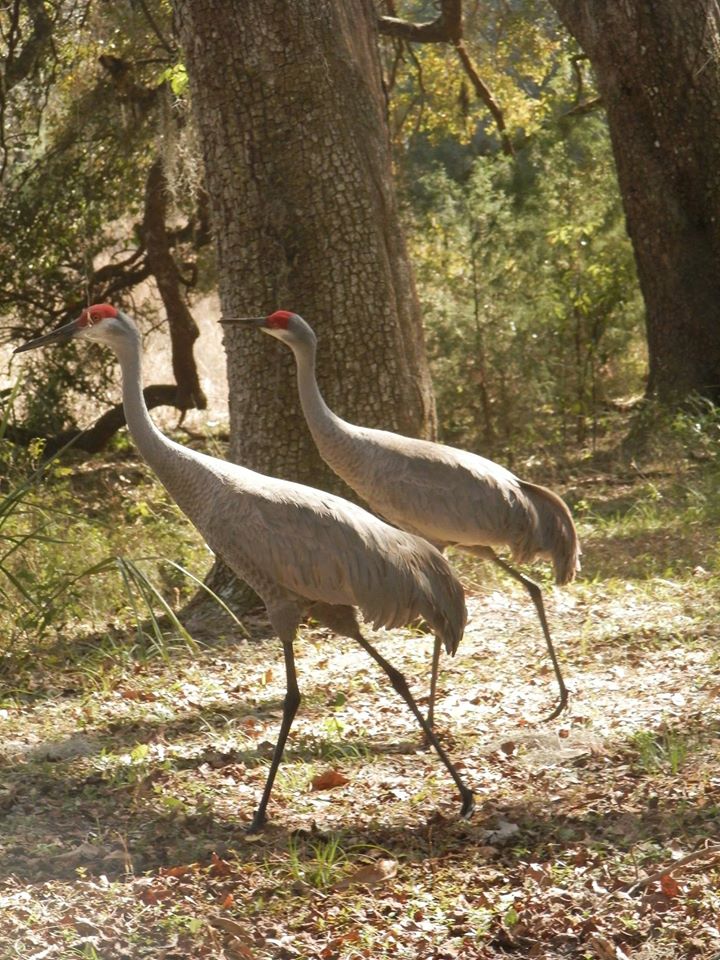
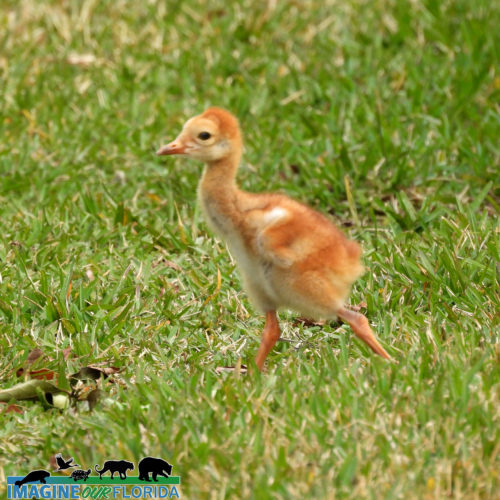
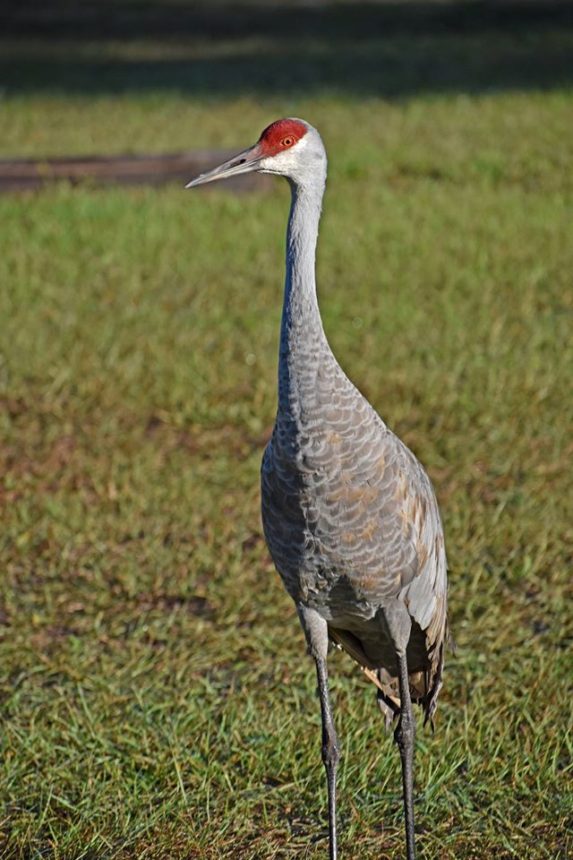
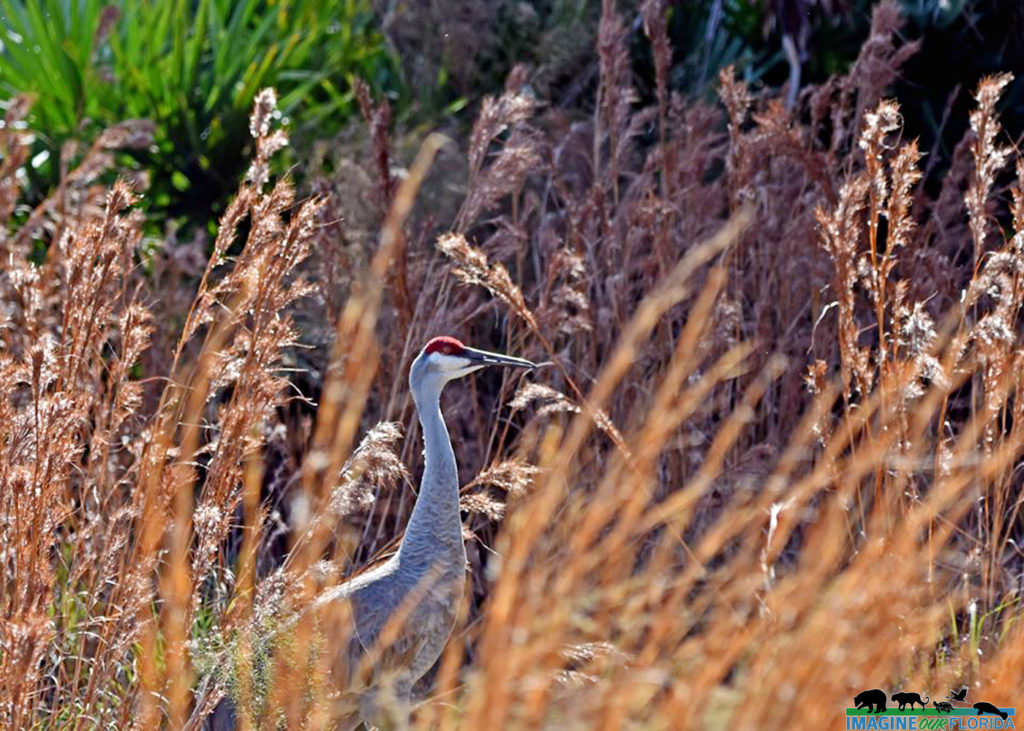
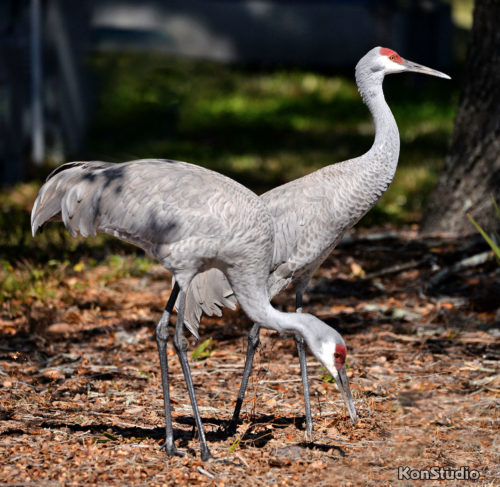
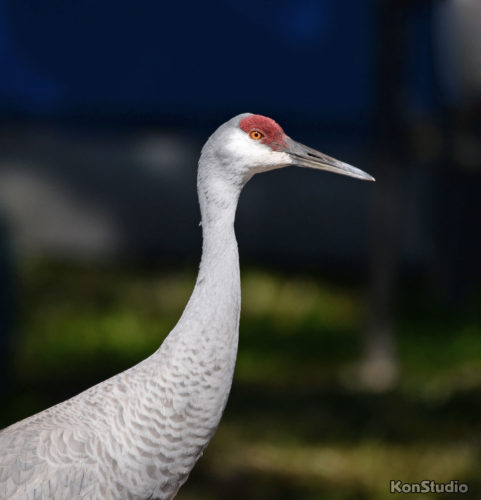
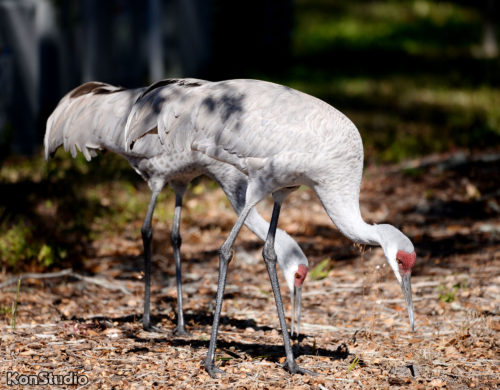
Recent Comments